If I asked you to name the strongest animal on Earth, you’d probably think of something huge and powerful like an elephant, lion, or even a bear, right? But what if I told you there’s an animal smaller than a grain of sand that can put all these mighty creatures to shame? Sounds unbelievable, doesn’t it? Well, believe it or not, it’s absolutely true! Meet the oribatid mite—a microscopic powerhouse that lifts loads that would crush even the strongest humans.
Let’s dive deeper into this tiny yet incredibly strong creature and discover exactly how it manages such amazing feats.
Meet the World’s Strongest Animal: The Oribatid Mite

Oribatid mites aren’t exactly celebrities in the animal kingdom. You probably haven’t even heard of them before today. These tiny creatures weigh less than 25 micrograms—that’s smaller and lighter than the grains of sand you casually brush off your hands at the beach. Yet, despite their minuscule size, oribatid mites pack a muscular punch that’s simply extraordinary.
Scientists have observed these microscopic creatures lifting objects up to 1,180 times their own body weight. To put this into perspective, imagine if you could lift a massive cargo ship or about 82 tons. Sounds impossible, doesn’t it? But that’s exactly the kind of strength oribatid mites exhibit daily. It’s an awe-inspiring example of nature’s hidden wonders.
Why Are Oribatid Mites So Amazingly Strong?
You might wonder, how is it even possible for something so tiny to achieve strength on this superhuman level? Well, it all boils down to some fascinating biology and physics working hand-in-hand.
Video : Meet the Tiny Mite That’s Stronger Than Superman
Incredible Muscle-to-Body Ratio
One reason oribatid mites are freakishly strong is due to their unique muscle-to-body-weight ratio. Because they don’t have heavy internal skeletons like humans or elephants, their bodies can pack in a higher percentage of pure muscle. Think of it this way: imagine a weightlifter who’s all muscle and no extra fat—that’s essentially what an oribatid mite is like, just on an incredibly microscopic scale.
The Advantage of Their Small Size
Additionally, their tiny size contributes massively to their strength. Oribatid mites have a large surface-area-to-volume ratio. This ratio allows their muscles to operate more efficiently with significantly less energy waste. Simply put, their small muscles expend far less energy moving their lightweight bodies around. The result? Extra strength to spare for lifting and carrying heavier objects.
No Internal Skeleton Means Less Weight, More Strength
Here’s another fascinating fact: oribatid mites, like most insects and arthropods, possess an external skeleton (exoskeleton) rather than internal bones. This exoskeleton provides strength and protection without the heaviness associated with internal bones. Less internal weight means more muscle space, translating directly into incredible lifting power.
Habitat and Life of the Mighty Oribatid Mite
Now, you might be curious—where exactly do these tiny champions live? Surprisingly, oribatid mites are incredibly common. In fact, they dominate many forest floors and soil ecosystems worldwide. Hidden among decaying leaves, organic matter, and damp soil, oribatid mites quietly play essential roles in maintaining ecological balance.
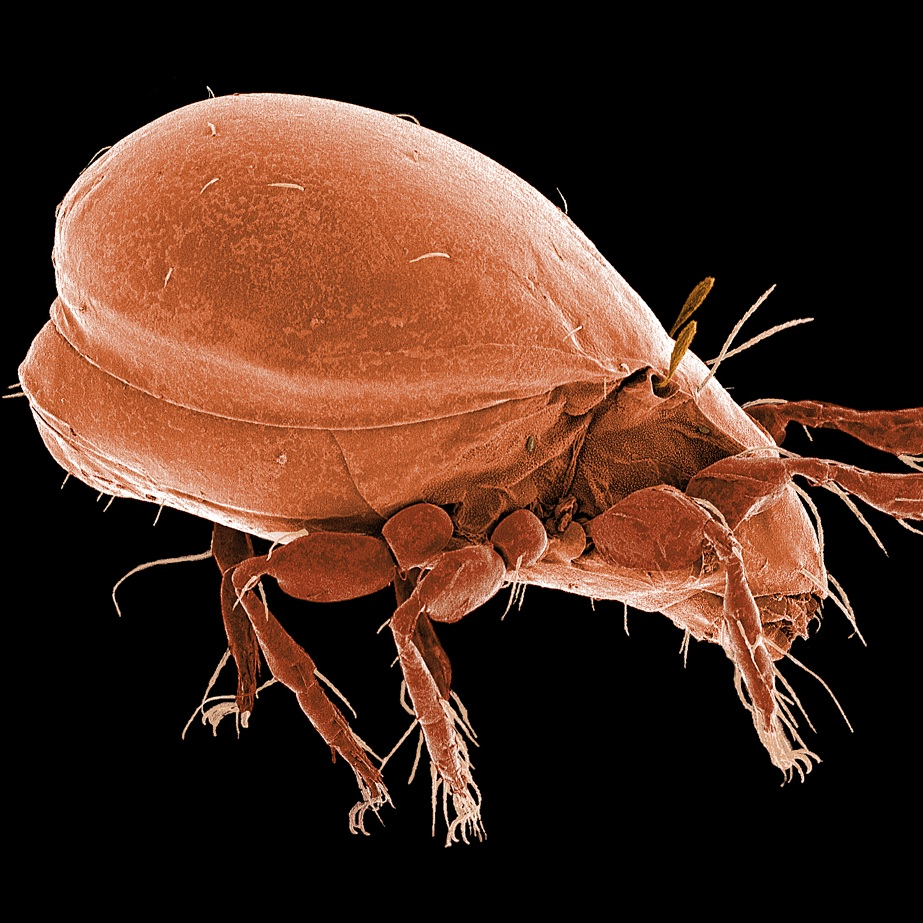
Beneficial Contributions to Ecosystems
Oribatids aren’t just impressive weightlifters—they’re environmental heroes too. These mites actively improve soil quality by aiding seed dispersal, breaking down organic matter, and controlling populations of harmful parasites and insect pathogens. By keeping soils healthy, they indirectly support plant growth, animal health, and even human agriculture.
Slow Growth but Long Evolutionary History
Despite their impressive strength, oribatid mites live life at a leisurely pace. They have low metabolic rates, grow slowly, and take anywhere from a few months to two full years to mature from egg to adulthood. Interestingly, their life cycle is remarkably complex, going through six distinct developmental stages—pre-larval, larval, three pupal stages, and finally adulthood.
And here’s something even more incredible: these tiny mites have likely roamed Earth’s soils for 300 to 400 million years. That means oribatids have outlasted dinosaurs, ice ages, and countless other species, quietly thriving and evolving beneath our feet.
What Can We Learn from Oribatid Mites?
Beyond their awe-inspiring strength and resilience, oribatid mites offer us powerful lessons about adaptation and efficiency. They demonstrate vividly that size doesn’t always correlate with power or importance. Their success in nature results from perfect adaptations to their environment, optimized anatomy, and the efficiency of their muscles.
Video : Oribatid mite (Acari: Cryptostigmata) from soil at Ibaraki Prefecture, Japan
Think about it—what if humans could mimic even a fraction of this efficiency? We’re always looking to build stronger yet lighter materials, more powerful yet smaller machinery. The oribatid mite, tiny as it is, might just provide inspiration for future advancements in technology, engineering, and biomechanics.
Conclusion: Celebrating the Tiny Giant of the Animal World
So, the next time you think about powerful creatures, don’t limit yourself to elephants, gorillas, or lions. Remember the astonishing oribatid mite, a tiny animal no bigger than a grain of sand, capable of lifting unimaginable weight relative to its body size.
These mites remind us vividly that power isn’t always about size or strength that you can easily see. Sometimes, real strength is hidden in the smallest creatures on Earth, patiently living beneath our notice. Isn’t that fascinating? Nature truly never stops surprising us.
From their exceptional strength to their important ecological roles, oribatid mites are remarkable creatures deserving more recognition. Let’s celebrate these tiny yet powerful champions that teach us valuable lessons about strength, efficiency, and adaptation.
Next time you stroll through a forest, take a moment to consider the microscopic miracles happening beneath your feet—you just might be walking above the strongest animals on the planet!
15 Things Moms Do That Make Them Even More Incredible
Each pregnancy alters your body irrevocably. And we don’t mean the stretch marks or the scars. We mean the forever-changed DNA. Ask any new mother and she’ll list out a litany of things that are now different for her. Like a forgetful mommy brain that, according to science, makes the mother-child bond stronger.
We at Bright Side salute all moms and believe that they are real-life superheroes. To honor all mothers, we found some mommy facts proving there’s nothing like a mother’s love. Or the science behind it.
1. Motherhood changes you, and your DNA.

A chimera is a legendary beast made of different animals. And we are likening mothers to chimeras because every child that a mother carries leaves their DNA inside her. Basically, fetal cells enter a mother’s bloodstream and stay in her body forever. Researchers allege that these cells can affect the mother both positively and negatively. On one hand, it can speed up healing but on the flip side, it can increase the risk of cancer.
So when they say motherhood changes you, it does so at an elemental level as well. Jennifer Garner’s stunning countenance reflects just that.
2. The baby can taste what their mother eats.

Studies show that what a mother eats flavors the amniotic fluid. Something a baby gulps down several times a day. Basically, a baby can taste what their mother eats from within the womb.
A study showed that infants whose mothers ate carrots while pregnant seemed to enjoy cereal prepared with carrot juice more than others. So if you want to develop your baby’s palate for healthy, crunchy veggies, chow down on them while you are pregnant.
3. Kissing babies is more “healing” than we think.

Any new mom will tell you that the urge to kiss a newborn is intense. It’s innate and biological in nature. And science says that when mothers kiss their babies, it’s not just love, it’s medicine.
A mother’s body samples the pathogens found on the baby’s face, and more magic happens within her own body. Especially to her breastmilk, the main source of nutrition and immunity for the baby.
4. Pregnant women make enormous amounts of estrogen.

Pregnancy sends a woman’s body into overdrive. The uterus expands to 500 times its normal size and then shrinks back after birth. The blood volume increases and to tackle that, the heart expands a little too.
And it’s not just this, a woman makes more estrogen in a single pregnancy than she would in her whole lifetime if she never got pregnant. There’s a reason why women are exhausted when expecting and need sleep and rest for a healthy delivery and recovery.
5. A mother’s smile is near magical.

Moms are near magic, and so is their smile or affection. While you need your mother at all ages, it’s the helpless infant who is most dependent on their mom.
Studies show that when mothers smile, coo, and show affection to their babies, their heartbeats synchronize into the same beat. So if a baby is distressed, it calms them down. This is the reason why newborns need mothers the most when they are fussy and refuse to be calmed down by other family members.
6. Carrying boys can make you more nauseous.

There’s a reason why little boys are made of “snips and snails and puppy dog tails” or so goes the nursery rhyme. This is because mothers who carry boys are more likely to be nauseous in the first and second trimesters, a study shows.
This is not to say that women expecting girls cannot have morning sickness or that all women who carry boys have more nausea. It’s just that if you are expecting a boy, chances are you may experience more nausea or food aversions.
7. Babies name their mamas.

“Mom, mama, mummy, mamma, ammi, ma, me, emi, mimi.” There’s a pattern in the name for mother in all languages and this is because the “em” sounds are usually the first vocalization for a baby. It’s also the easiest sound a baby can make while babbling. And so it’s our babies who name us and call us mamas.
8. The mommy brain fog is very real.

If you see new moms looking lost, there’s a scientific reason for this. Each pregnancy affects a woman’s brain and makes her lose gray matter. The effects last for around 2 years. Science says that this temporary bewilderment makes mothers closer to their babies as well.
That said, the gray matter regenerates and any confusion or forgetfulness is passing. The bond between a mother and her child is permanent.
9. A mother’s voice is as soothing as a hug.

A study has shown that a mother’s voice, even on the telephone, is as calming as a hug. Researchers introduced stress to a group of girls and then had 1/3 of them hug their mothers, another 1/3 of them talk to their mothers, and 1/3 watched an emotionally neutral film. The girls who spoke to their mothers calmed down much faster, just like those who hugged.
This proves that if you are under stress, your mother’s voice can flood oxytocin into your bloodstream, making you feel better. And we think Jennifer Garner already knows that, pictured here with her mother.
10. Babies can cry in the womb.
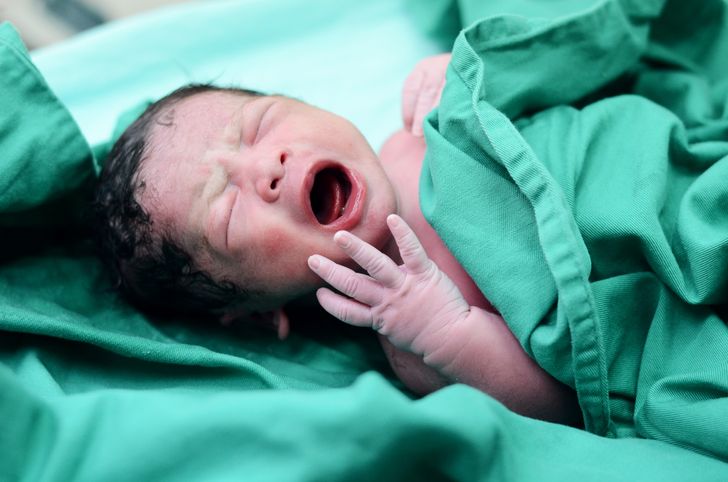
The baby’s first cry is not post-birth, rather studies now show that they can express displeasure inside the womb. This can happen as early as 28 weeks gestation.
Researchers played low-decibel sounds on the mother’s belly and could see that the baby opened their mouth and exhibited crying-like behavior. But it’s a silent cry. Researchers also added that this in-vitro crying was nothing the mother should worry about.
11. Pregnancies leave women vulnerable to tooth decay.
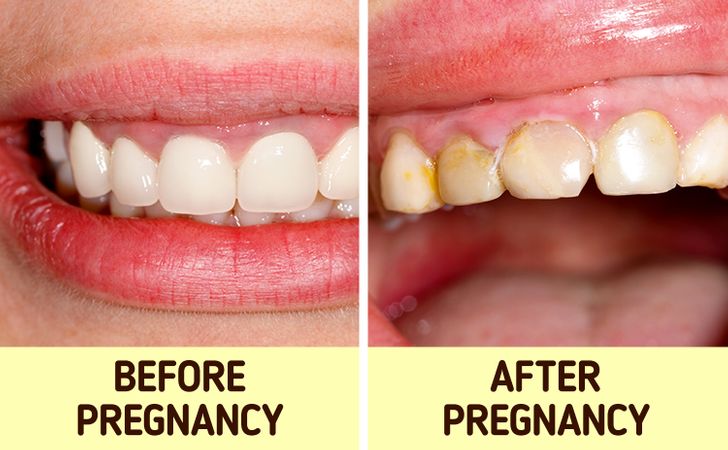
Pregnant women are at risk for tooth decay and there are many reasons why. The changes in diet due to cravings may give some women a sweet tooth and the hormones that cause nausea, meaning more acidity on your mouth, to mention a few. This leads to gum disease and decay.
A simple way to prevent it all is by making oral health a priority, especially when you are pregnant.
12. The earliest milk bottle use came to be 7,000 years ago.
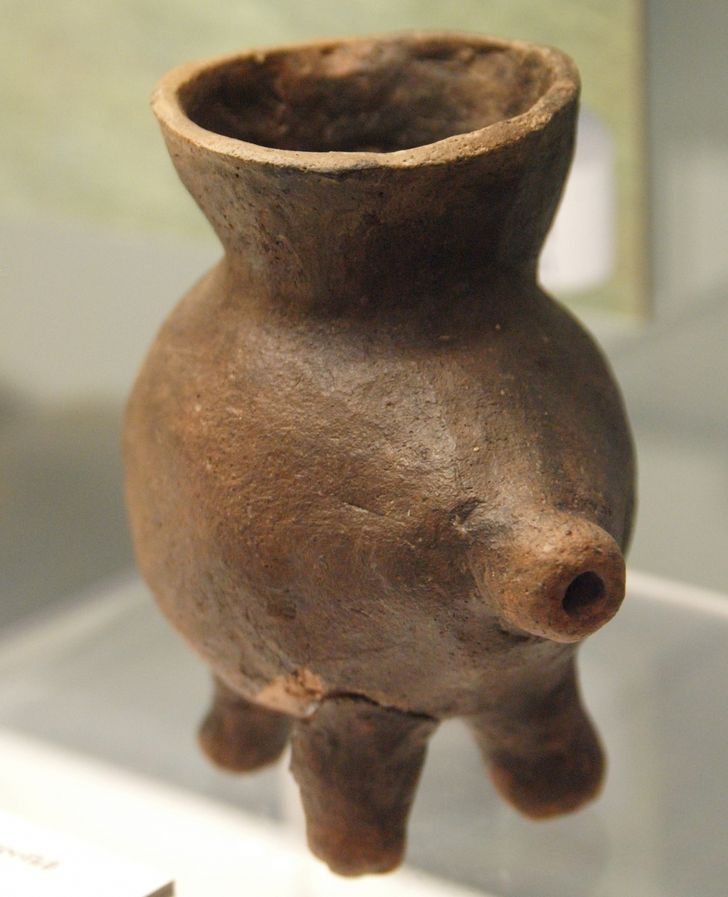
As it turns out, the breast/bottle debate is prehistoric. And mamas back then were pretty innovative too. Researchers have found little clay vessels, some shaped into mythical animals with hands and feet, with milk residue in them.
The earliest of them date back to 7,000 years ago and have been identified as prehistoric feeding bottles for babies. The dairy residue has been identified as breastmilk and milk from a cow, sheep, or goat.
13. The Ice Age made human breast milk more nutritious.
Human beings need sunlight to survive because our bodies only synthesize vitamin D in the sun. Allegedly, the last Ice Age should have wiped us out because newborns were not getting any vitamin D, considering the intense cold and lack of sunshine.
Scientists believe that a genetic tweak happened and mothers could transmit vitamin D and essential fatty acids to their newborn babies, and this may have ensured human survival.
14. Pregnancies can be contagious.

A study of more than 30,000 women conducted in Germany has indicated that pregnancy is contagious. It spreads from woman to woman in workplaces, in an endearing way. The results stated that “in the year after a colleague gives birth, transition rates to first pregnancies double.”
So if you are in the workplace and someone is pregnant, expect more pregnancies to pop up.
15. Most mammal moms carry their babies on the left.

Human mothers and even some mammal mamas cradle their babies on the left side of their bodies, closer to their heart. This is irrespective of a left-handed or right-handed mom. Science says that all the sensory information that comes from the left side of the body is processed on the right side of the brain.
The right side is where all the emotions are. And surprisingly enough, babies prefer to keep their moms on their left side as well, so it works for both mom and babe.
Bonus: Celebrity moms speak about motherhood.
Rosie Huntington-Whiteley

“I did start to feel this new sense of life. And now my confidence is so much greater.”
Lauren Burnham Luyendyk

“Breastfeeding is one of the hardest things I’ve ever done. I’m in awe of the ladies that make it look so effortless, and even the ones who don’t, you are superheroes.”
Do you have any other experiences as a child or a mother that show us that moms are actual superhumans? Share your motherhood stories with us and spread the joy.
Please note: This article was updated in June 2022 to correct source material and factual inaccuracies.
Preview photo credit laurenluyendyk / Instagram


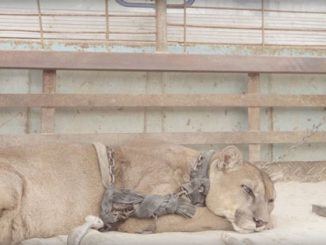
Leave a Reply